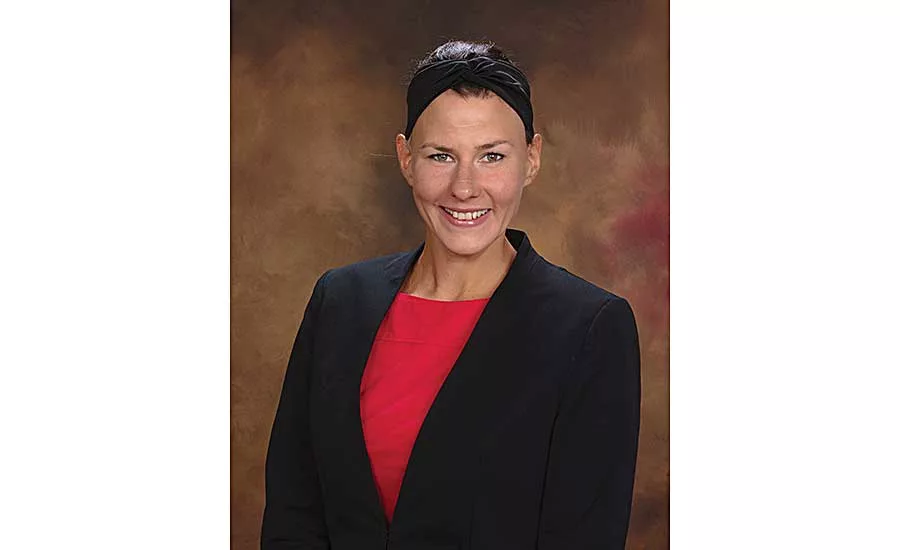Editor's Note
New product offerings raise questions about the importance of brands
While brands are valuable, mergers, acquisitions and new product lines can lessen their importance

In this issue, we feature our much anticipated article and list of the world’s top food and beverage companies, which is one of our most read stories. Lists are so popular because they provide such a clear and concise view of the world, tallying cold, hard numbers and accumulating facts to explain why sales and revenue might be up.
Of course, it is of immense value to study and take note of these earnings and the snapshot lists like this provides the food and beverage industry. However, I always try to look at the bigger picture and see what might be happening in between the lines.
We are continually seeing more M&As from a relatively small group of companies, as the article points out. Many of the legacy food and beverage companies find themselves in a rough spot, having built tremendous capabilities to process foods for a consumer base that might not be growing. So far, it seems the solution has been to acquire smaller companies that have cultivated a huge following based on the characteristics of their products. One recent example is Campbell’s buying organic foods processor Pacific Foods.
The strategy here is to continue to put the importance on the brand, but a public challenge to this focus came this summer when Brandless hit the scene. The company is an online retailer offering consumers $3 generic products, be it peanut butter, quinoa chips or jars of jam. No brand names, but the products for sale through the site are designed for health- and environmentally conscious consumers.
This is a completely different way of thinking, one that eviscerates the concept of brand and chooses to only focus on the quality and characteristics of the products. What a completely different world this is than the one I grew up in, where I had to hide store-brand products in my lunchbox from my friends around the cafeteria table. Might there be a 12-year-old in a lunchroom now hiding her chips from classmates because they don’t say GMO-free on the package?
In a recent presentation given at a function hosted by the Chicagoland Food & Beverage Network, Barry Calpino, vice president of innovation for Conagra Brands, talked about how CPG companies are learning how to adapt to online grocery shopping and the technology that enables product delivery in under an hour.
Calpino says because the center of the store is under threat, the real challenge for companies like Conagra is to make interesting, engaging and exciting food and beverage products. But he also warns not to become overly obsessed with technology and forget the actual food.
I agree with him that the yumminess of food and beverages is absolutely paramount, but I believe the new processing technology available now will help deliver the taste, freshness and nutritional qualities people are craving. The real innovation might truly take off when legacy companies come to terms with what consumers really want and start widely revolutionizing their production processes.
Looking for a reprint of this article?
From high-res PDFs to custom plaques, order your copy today!





